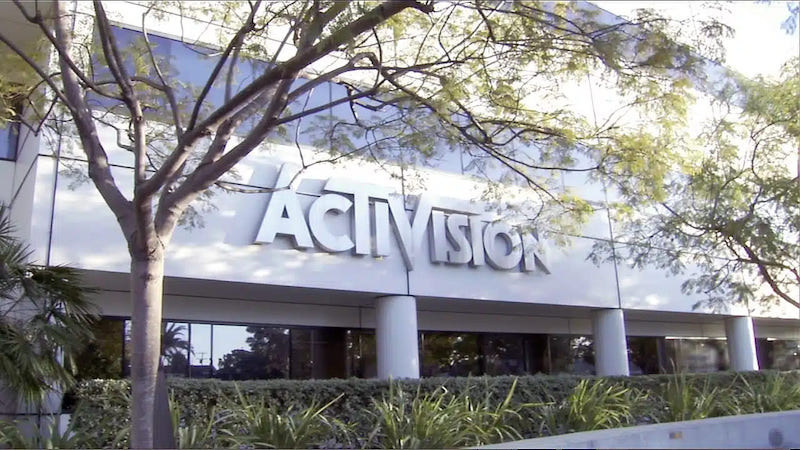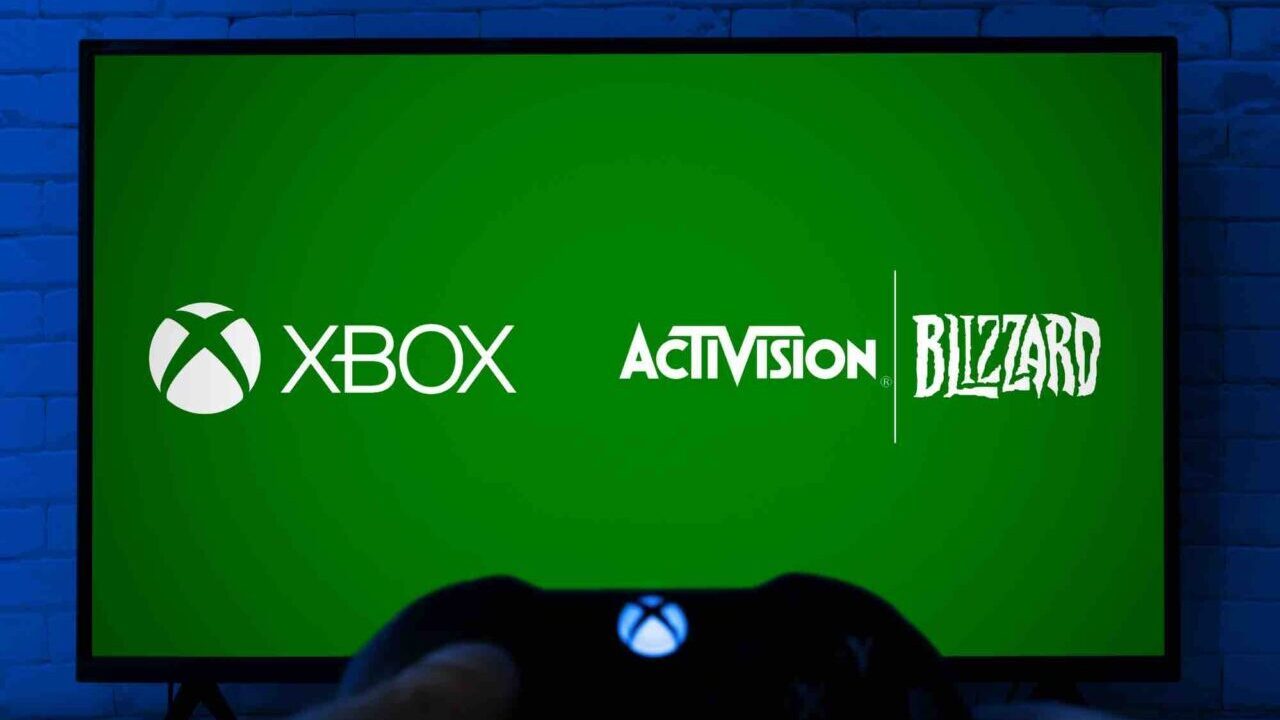The Microsoft-Activision deal has such a long lead time, and such frequent twists and turns, that Elon Musk’s takeover of Twitter seemed like a walk in health by comparison.
We will retrace the main stages of the attempt by Microsoft to buy Activision Blizzard.
Last to intervene in order of time is (again) the American FTC, or the Federal Trade Commission, a government agency that promotes consumer protection and the elimination and prevention of anti-competitive commercial practices.
The FTC has asked the California court to block the closing of the transaction so as to allow the agency to evaluate the transaction. Let’s find out what happened.

The FTC calls for a halt to the Microsoft-Activision operation
The US FTC has filed an injunction to block Microsoft’s purchase of Activision.
Operation that has a maximum date set at 18 July next by Microsoft. Times are therefore very tight, and the opposition of the FTC could really frustrate the operation.
The injunction is intended to “maintain the status quo and prevent harm to competition while the FTC’s pending administrative process to determine whether the proposed acquisition violates US antitrust law.”
The Federal Trade Commission specified that both a temporary restraining order and a preliminary inhibition are “necessary because Microsoft and Activision have stated they could close the proposed acquisition at any time.”
After the veto of the English CMA
This obstruction by the FTC adds to that of the CMA, or the English antitrust.
Which in April, as we reported in an article, blocked the acquisition, arguing that the Microsoft-Activision operation would create a monopoly situation in the cloud gaming sector (i.e. game streaming).
The FTC’s first veto
Already in the month of December, the FTC had opposed the maxi purchase operation, which for 69 billion dollars would include Activision Blizzard in Microsoft.
According to the FTC, the deal would drive out competitors, because “it would allow Microsoft to suppress competitors of its Xbox game consoles and its subscription content”.
Furthermore, “with control over Activision’s blockbuster franchises, Microsoft would have both the means and motives to hurt competition by manipulating Activision’s pricing, degrading Activision’s game quality or the player experience on rival gaming consoles and services. , changing the terms and times of access to Activision content. Or making them completely unavailable on competing platforms, with consequent harm for consumers.”
The (dormant) fears of Europe
Similar doubts were expressed in November by the European Commission.
However, he recently changed his mind and gave his assent to the operation. Decision commented by Brad Smith, Vice Chair and President of Microsoft: “The European Commission has requested Microsoft to automatically license the most popular Activision Blizzard titles to competing cloud gaming services.
This measure will be implemented globally and will allow millions of users around the world to play these titles on any device of their choice.
What will happen now
Times, we said, are tight.
The US judge will now have to decide whether or not to issue a temporary restraining order to freeze the deal for two weeks, and a preliminary inhibition that would prevent the acquisition until the probationary hearing scheduled for August 2nd.
Interviewed by The Verge, Vice President Brad Smith said: “We welcome the opportunity to present our case in federal court. We believe speeding up the legal process in the US will ultimately lead to more choice and competition in the marketplace.”
It should be added that if the deal fails, Microsoft could pay Activision Blizzard a hefty termination fee of up to $3 billion.
Yet Phil Spencer, CEO of Microsoft Gaming, is optimistic. He said Spencer: “Microsoft is very busy, we are very busy. We are trying to come up with solutions. We did it with the European Commission. I am confident that we will find solutions in the other areas as well. It takes time, it takes concentration, but I’m confident.”















Leave a Reply
View Comments